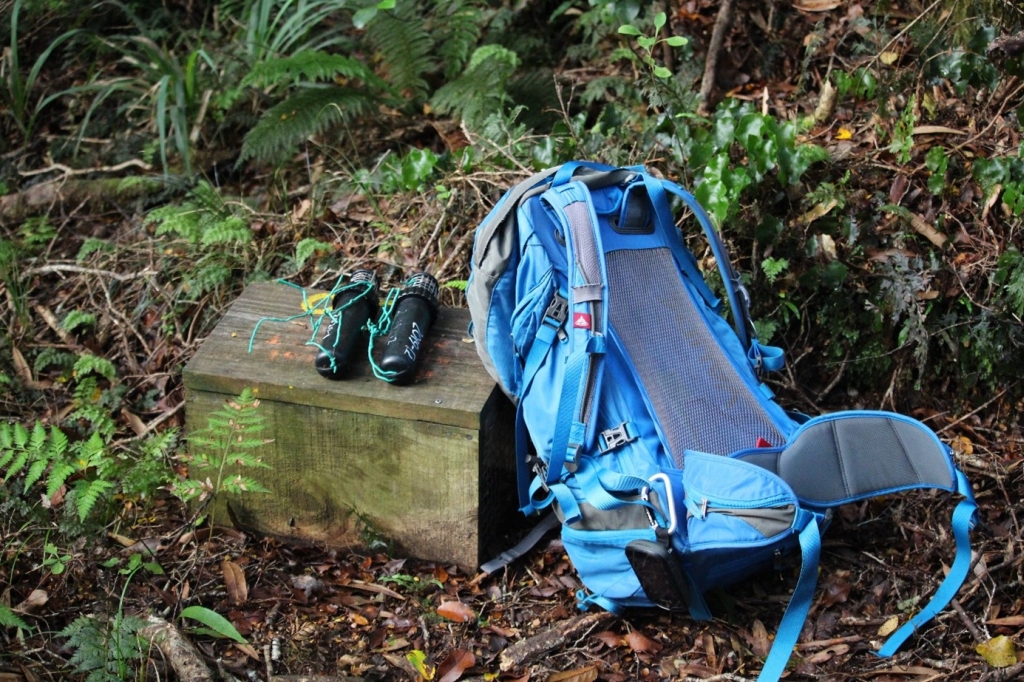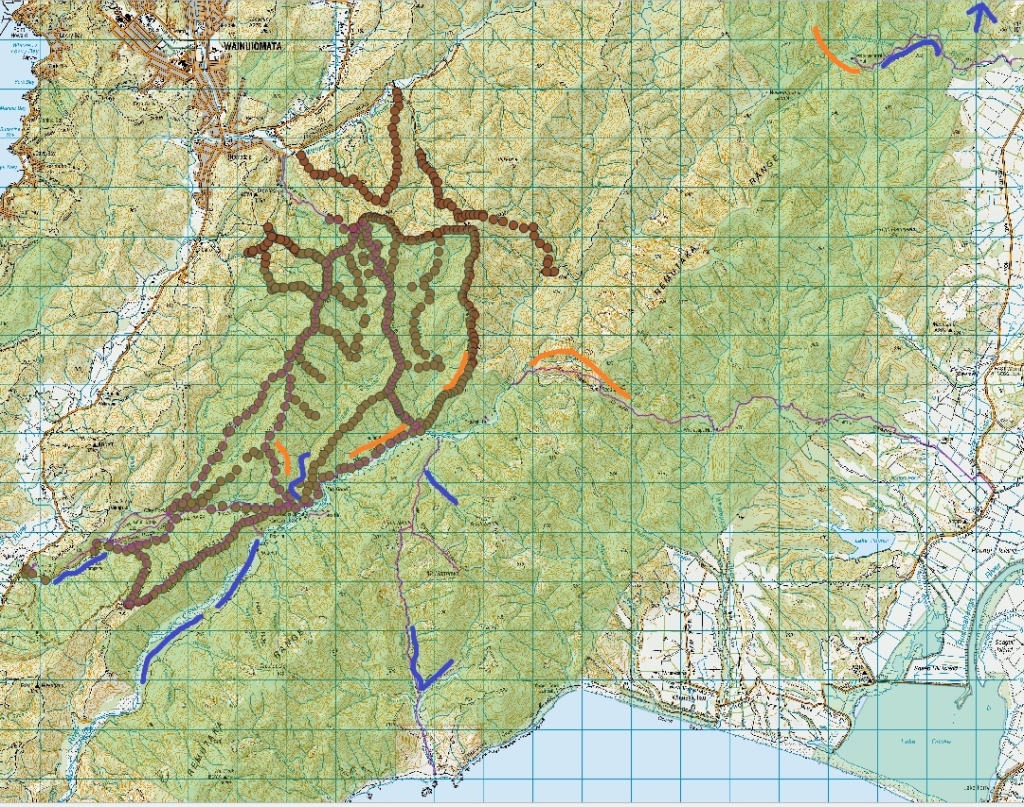Remutaka Bat Survey Project 2021 - 22
Overview
Preparation for the bat survey project started in March 2021. The main objective of the project is to answer a relatively simple question: “Are bats present in the Remutaka Forest Park?”
The study design was finalised in September and the survey will take place from December 2021 to March 2022.
Our volunteers will deploy AR4 DOC acoustic recorders set on high-frequency “bat mode” at different sites in the park. After 4 weeks, each set of recorders will be brought back in, and the recordings present on the memory cards will be analysed to see if any bats were detected. The results of the survey will be shared with the Trust and with DOC, whether bats were found or not.
Two types of native bats
As is widely known, two surviving species of bats currently live in New Zealand: Chalinolobus tuberculatus (long-tailed bat) and Mystacina tuberculata (lesser short-tailed bat)
Each species exhibits different behaviours and occupy different ecological niches.
In New Zealand, there are more recorded populations of long-tailed bats and these are the species more likely to be present in the Remutaka Forest Park. We will attempt to locate both types of bats.
For long-tailed bats:-
- Forest margins along rivers, roads and wider tracks
- Away from stream/river noise or above calm water is preferred
- Above any possible flood line.
For lesser short-tailed bats:
- Above 200m above sea level ground elevation
- In areas where there is at least 200Ha of continuous old growth forest
- Where very tall, large, old trees are present
- With ground cover of low ferns or astelias, but with an open mid-storey
Proposed bat survey areas (Blue
lines: areas for long-tailed bats. Orange lines: areas for short-tailed
bats. Brown dots: current RCT DOC 200
trapping network.
Green
shading: RFP area). The blue arrow (top right) represents the Cross Creek area
survey lines which
are not shown on the map area depicted.

A pair of bat detection capable acoustic recorders on top of one of our DOC200 stoat traps. (Photo credit: Fanny Leduc).



